Compact Structure
Ideal for Rainy Seasons
Multiple Fuel Options
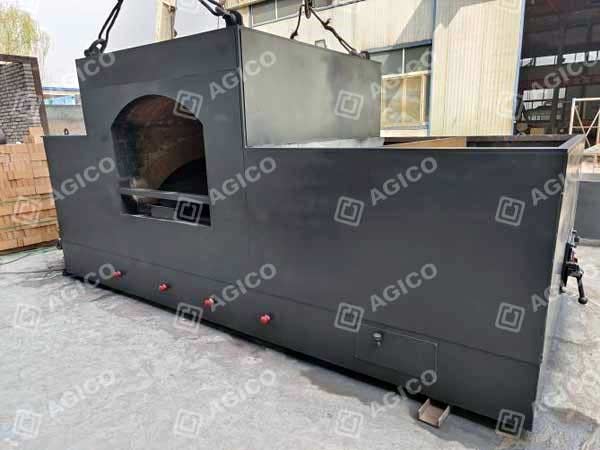
Chain Grate Stoker
Thermal efficiency: >82%
Temperature control accuracy: ±5℃
Egg tray contamination rate: <0.01%
Fuel: coal, biomass pellets.
Production Capacity: customized according to requirement.
Get PriceChain Grate Stoker Introduction
The chain grate stoker, also known as travelling grate stoker, is the most widely used mechanized combustion equipment in the field of organic heat carrier boilers. AGICO has integrated it with metal drying system of paper tray production line, as the heat source supply for papertray drying.
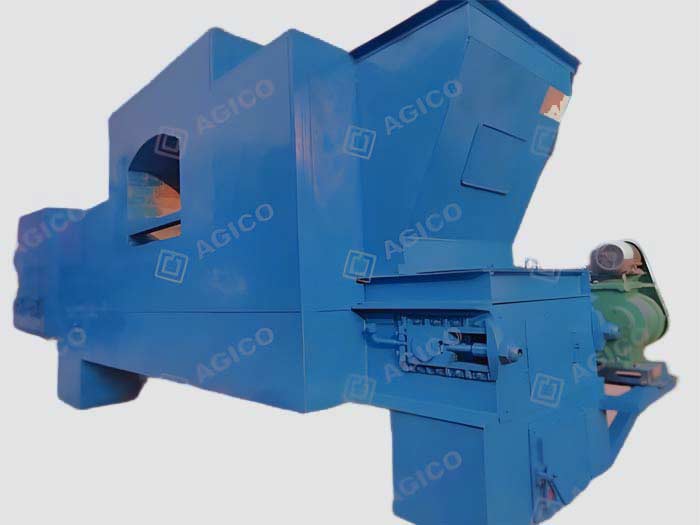
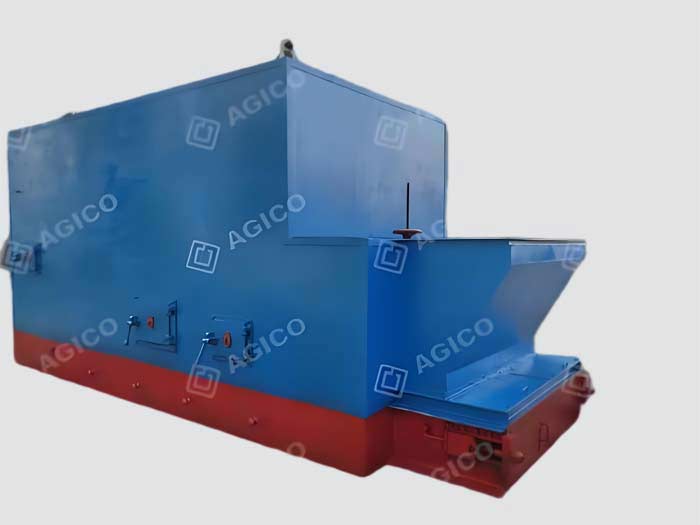
Chain grate stokers are widely used in industrial boilers, drying systems (such as egg tray drying), etc., providing economical and stable heat source solutions for multiple industries and enabling energy sustainability of production processes.
How does it work?
As a core technology for industrial boilers burning solid fuels, it can utilize solid fuels (such as coal, wood chips, and straw). These fuels are transported evenly to the furnace through the continuously moving chain, achieving uniform combustion and efficient heat conversion under the dynamic coverage of the fuel layer.
Agico Chain Grate Stoker Advanced Designs:
AGICO chain grate stoker is specially designed for organic heat carrier boiler system. Its innovation is reflected in the following advantages:
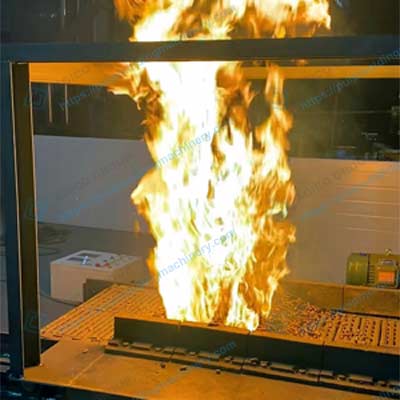
- Strong Fuel Adaptability: From bituminous coal with a calorific value of about 18,840 kJ/kg and a volatile matter of more than 20% to biomass fuels (wood blocks, bagasse, straw, etc.), all can burn stably in chain grate stoker.
- Unique Chain Grate Structure: Lightweight chain grate combined with optimized air distribution system ensures uniform fuel distribution, significantly improving combustion efficiency and thermal energy utilization.
- Strengthened Sealing And Arch Design: Enhanced side sealing technology reduces air leakage, and combined with scientifically arranged front and rear arches, it achieves rapid ignition and efficient smoke disturbance.
- Reliability and Environmental Protection: The structure has been optimized through modularization, and can operate stably for a long time, greatly reducing maintenance costs; the combustion process fully suppresses the generation of black smoke and harmful gases, meeting strict environmental emission standards.
Working Principle Of Chain Grate Stoker
The chain grate stoker achieves efficient layer combustion of solid fuels through continuous mechanical movement. Its working process can be divided into 3 steps: “fuel transportation-zone, combustion, heat energy output”. The specific operating mechanism is as follows:
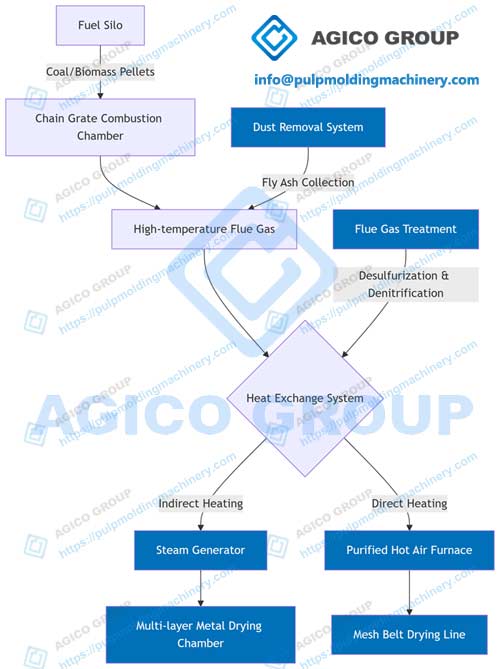
Key Components Of Chain Grate Stoker
Chain Grate Stoker from AGICO consists of a coal hopper, a base (including a wind chamber and air regulating device), front and rear axle assemblies, a chain mechanism, and an inspection door to form a closed-loop system. The functions of each component are as follows:
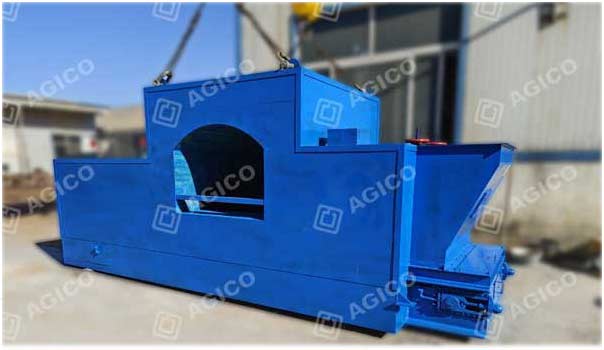
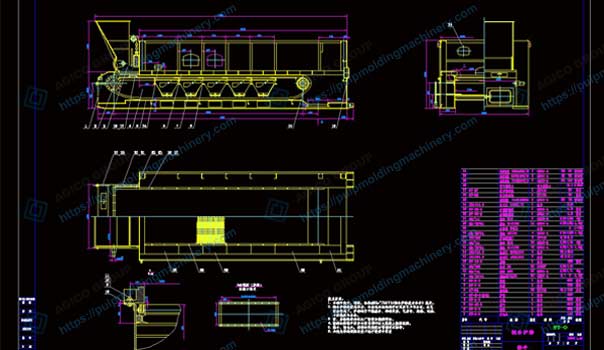
- Coal hopper: Fuel quantitative supply
- Chain mechanism: transports fuel and carries the combustion layer
- Wind chamber: supply combustion air from bottom to top (adjustable by zone)
- Front and rear arches: guide high-temperature smoke backflow to enhance ignition and burnout
4 Stages Of Fuel Combustion in Chain Grate Stoker
(triggered in sequence with chain movement)
| Combustion Zone | Location | Physical and chemical processes | Key points of technical control |
|---|---|---|---|
| Drying area | Chain front section | Fuel preheating and dehydration (100~200℃) | Utilize furnace radiation heat and flue gas waste heat |
| Ignition area | Drying area rear | Volatile analysis and ignition (>300℃) | The front arch reflects high-temperature smoke to assist combustion |
| Main combustion zone | Chain middle section | Fixed carbon is oxidized violently (800~1200℃), releasing the main heat | Air chamber high pressure air supply + rear arch disturbance mixing |
| Burnout Zone | Chain end | The residual carbon is completely burned and the ash is cooled | Reduce the air supply volume, and the ash will be automatically discharged into the slag pit |
Key technologies of dynamic combustion
- Layered air distribution system: The wind chamber is divided into multiple zones for independent air adjustment to match the oxygen demand at each combustion stage.
- Edge over-supply: (preventing air leakage loss) vs. center reduction air supply (suppressing NOx generation)
- Gas-solid mixing strengthening: Unburned volatile matter and fly ash are secondary burned in the furnace space ( residence time > 850 ℃ / 2s must be ensured)
- Ash self-cleaning mechanism: The chain tail flip structure automatically unloads slag, and the burnout rate is > 98%
- Heat output path: The heat released by combustion is transferred to the metal drying system in 2 ways:

Typical application: Egg tray drying line uses 500~600 ℃ hot air direct supply, thermal efficiency increased by 40%
Why Customer Choose AGICO Chain Grate Stoker
- Fuel adaptability: coal/biomass are efficiently converted in a unified process
- Combustion stability: zone temperature control to avoid local flameout or coking
- Environmental protection and efficiency improvement: Fly ash reburning reduces incomplete combustion losses of solids (q4 < 3%), Staged air supply reduces original NOx emissions by 30%~50%
- Automation degree: Mechanized control of the entire process of feeding, burning and slag discharge
- High thermal efficiency: a thermal efficiency of more than 82% in the capacity range of 0.5~40t/h , making it the preferred combustion technology for organic heat carrier boilers.
Chain Grate Stoker Customized for Eggtray Metal Drying System
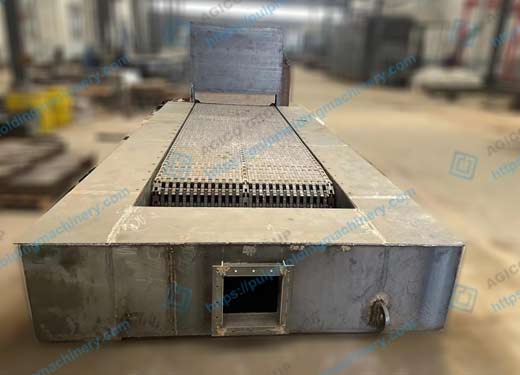
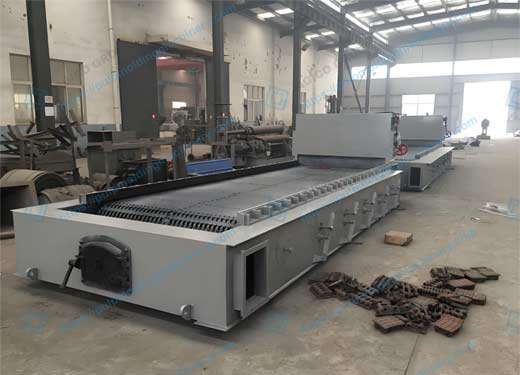
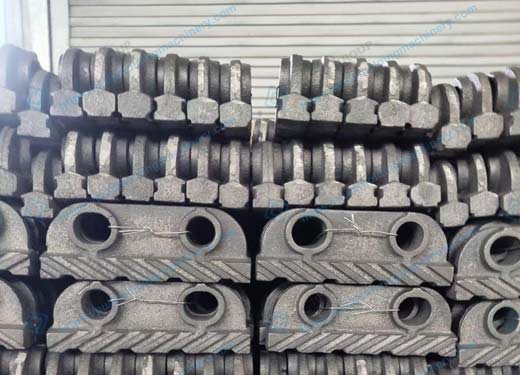
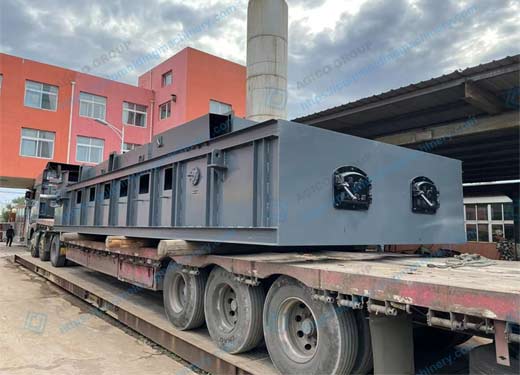
The chain grate stoker formed heat source system realizes the heat supply of egg tray drying through 4 units. The specific structure is as follows:
- Fuel supply unit:The fuel bin stores coal or biomass pellets (particle size 8-10mm) and transports them to the chain furnace combustion chamber via an automatic feeder.
- Core combustion unit:The main body of the chain furnace adopts a layered combustion design:
- Drying area (front section): pre-dehydration of biomass particles (100-150 ℃ ).
- Main combustion zone (middle part of the furnace): air distribution system supplies air in different zones to maintain stable combustion at 800-1000 ℃.
- Burnout zone (furnace tail): ash automatically falls into the closed slag hopper
- Thermal energy conversion unit
Dual-path heat exchange system:
Indirect heating path : high temperature flue gas → waste heat boiler → steam (0.8MPa) → drying room radiatorDirect heating path : high temperature flue gas → stainless steel tube heat exchanger → purified hot air (250-300 ℃ ) → mesh belt drying line
Key isolation design: The heat exchanger wall is made of 304 stainless steel to ensure zero contact between combustion pollutants and the egg tray.
Environmental protection treatment unit
Flue gas purification process:
